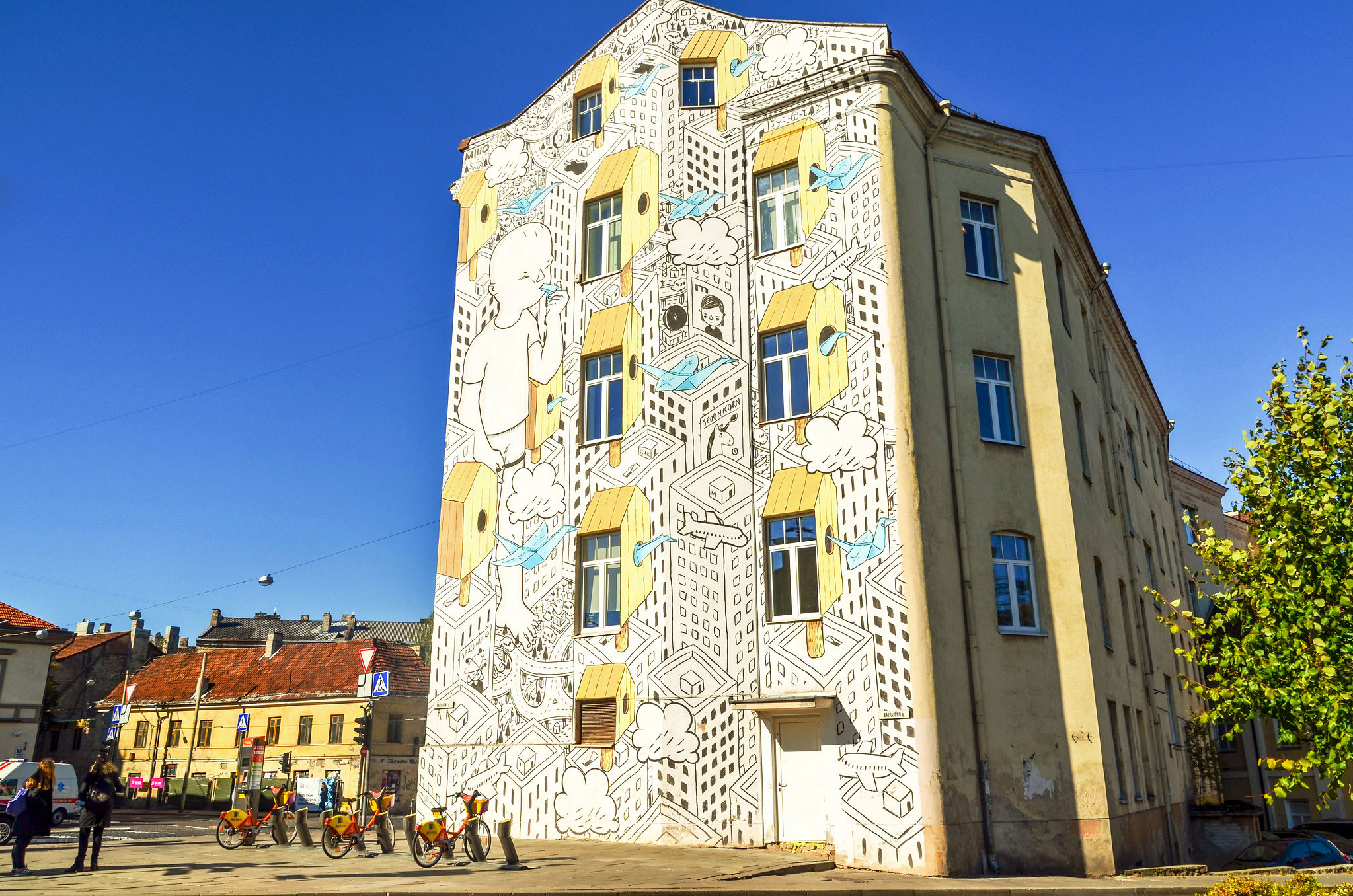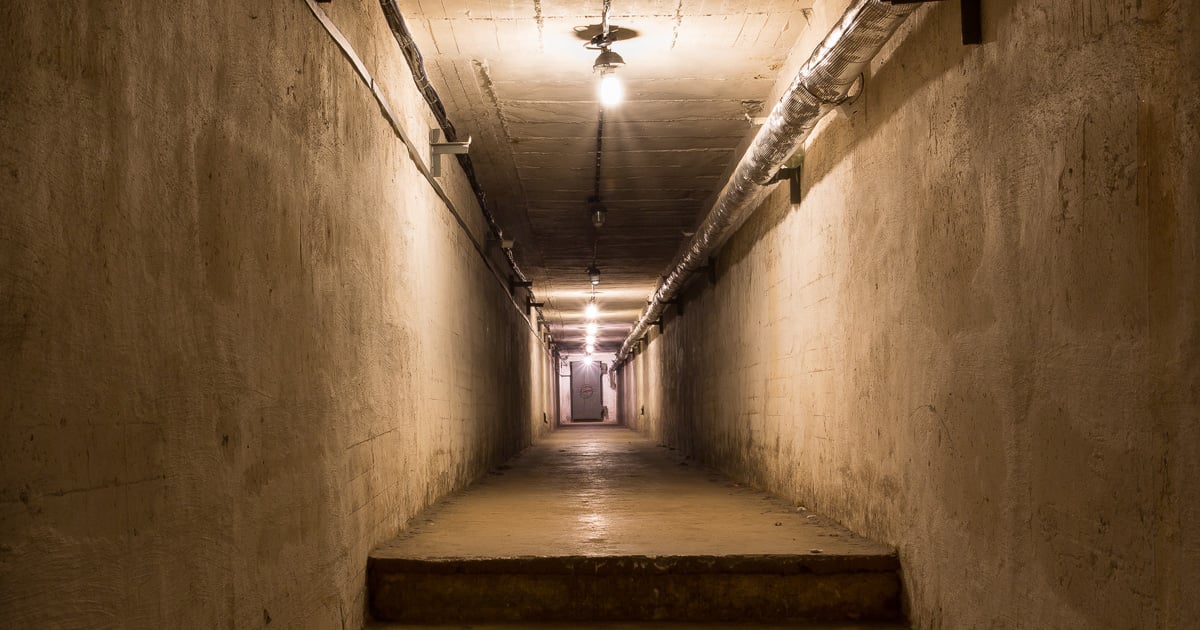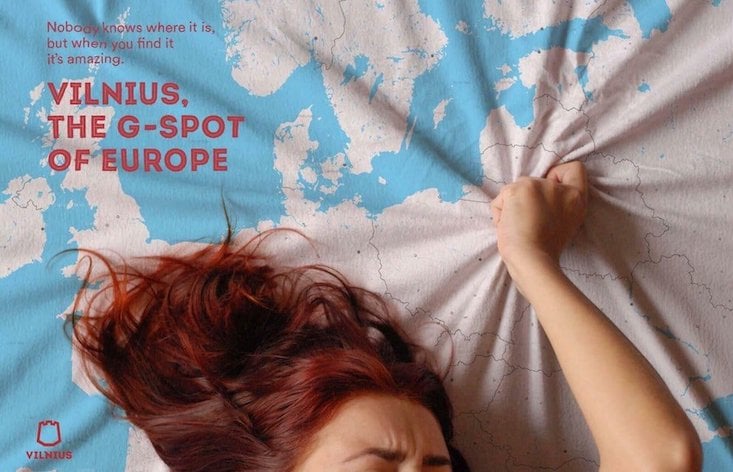5 minute guide to Vilnius: spooky cemeteries and cosy pubs in Lithuania’s capital

To get around the city, use a trolleybus! Unlike the other two Baltic capitals, Vilnius is unique in that it doesn’t have a tram system. The Lithuanian capital, however, does have fantastic trolleybuses. The majority of them are from the Soviet-era, which you might be able to make out from the “Made in Czechoslovakia” etching on the windows. It would be a lie to say they are slick and comfortable, especially during winters when it’s -25°C. However, they are a nice throwback to the city’s history and somewhat of a novelty in Europe. The trolleybuses also run on electricity, so they’re eco-friendly.
If you fancy a hike, then head to Antakalnis Cemetery, established in 1809. It can be found a half hour walk north-east of the city centre on the fringes of the Pavilnis National Park. Aside from standard family graves and crypts, the cemetery is the final resting place for Lithuanian luminaries such as national hero and anti-Soviet freedom fighter Adolfo Ramanauskas Vanagas, and Algirdas Brazauskas, who became the first president of Lithuania following the collapse of the Soviet Union. Further accolades to the city’s diverse history are the Tatar graves featuring the Islamic star and crescent, as well as those of Polish soldiers who died defending Vilnius during the Vilna Offensive campaign of the 1919 - 1920 Polish-Soviet war. Those interested in the Soviet occupation of Lithuania should head to the Red Army war memorial, which borders the national park on the far edge of the cemetery. This imposing part of the graveyard is dominated by towering brutalist statues of stone-jawed Soviet soldiers. The 12 Lithuanian protesters killed by Soviet forces during the January events of 1991 have also been laid to rest in the very heart of the cemetery and serve as a moving tribute to those who have fought for Lithuania’s freedom over the centuries.
If you want to drink with the locals, then you should have plenty of choice. It isn’t a secret that Lithuanians rank amongst some of the biggest drinkers in Europe, so there is no shortage of pubs in the city. Etmonu Špunka has a range of local beers ranging from IPAs to stouts, and is a favourite among everyone from Tuesday drinkers to local university students. Šnekutis is also somewhat of an institution, and has been serving thirsty locals since the country’s independence. It has two locations in the city, of which the original can be found in a small wooden house in the arty Užupis neighbourhood. Expect to be overwhelmed by the choice of beers, ranging from authentic Lithuanian countryside ales made from recipes dating back to the 18th century, to locally-brewed low-alcohol sours and ciders. By the grace of Ragutis, the Lithuanian god of beer, this pub also serves up moreish bar snacks. Try the kepta duona on your visit: fried rye bread slathered with garlic and served with a cheese dip. Trust me, it works.
A little-known modernist gem isn’t as difficult to find as you might think. If you believe anything put out by the city’s tourism agency, then you will wrongly see Vilnius as little more than a “red-roofed UNESCO-award-winning Old Town”. Yet venturing 20 minutes on one of the aforementioned trolleybuses out of the (rather charming, it must be said) Old Town, will please any socialist architecture buff. Žirmūnai was one of the first mikrorayony to be built in Lithuania in 1962. Built with the purpose of housing 45,000 Soviet citizens, it looks like any other sleeping district with its five and nine-storey tower blocks. However, its architect, Birutė Kasperavičienė, was awarded the Soviet Union’s State Prize for mass housing design in 1968, making it the first residential project in the entire USSR to earn the award. Another much bigger Lazdynai district was also awarded the Lenin Prize for All-Union Architectural Design in 1974. Today, the blocks look like something from Star Wars.
The best view over the city is on the outskirts of the capital, where most people in Vilnius live. Depending on how you view Soviet-era architecture, the Lithuanian capital’s mikrorayony may or may not be beautiful, yet there’s something very magical about seeing the lights in the nearby blocks flicker on and off at night. The Šeškinė neighbourhood in particular is worth a visit. Its tower blocks, especially those on Gelvonų gatvė, were built between the stagnation and perestroika eras of the USSR, when its architects had the opportunity to experiment. Many of the monolith blocks are 19 stories high and feature curved balconies and abstract structures. At nightfall, you can see across the whole district and on a clear day, down to the river.
Who’s who online: Vilnius is full of interesting characters, which makes it difficult to choose just one person to follow online. Evelina Stundzienė is a foodie legend who specialises in recipes for šaltibarščiai (a much-loved cold beetroot soup) with a modern twist. Mark Adam Harold, the city’s night mayor, is a Brit, and was the first foreigner in Lithuanian history to be elected to the city council — offering a curious and entertaining perspective on the city. Last of all is Ingrida Šimonytė, the country’s former finance minister. She ran in Lithuania’s presidential election this year and lost out in the second and final round to Gitanas Nausėda. Ingrida managed to inspire a new generation to get politically mobile, and her campaign started a movement of T-shirts, YouTube songs, and other merchandise. Despite her election heartbreak, Ingrida still comments on current affairs and the state of Lithuanian politics in the same tongue-in-cheek manner that has seen her become a cult figure to many throughout her political career.
Eat local, think global: Vilnius is great for food! At Žemaičių ąsotis you can gorge on cepelinai (huge potato dumplings stuffed with meat or curd), or a bowl of smaller cabbage dumplings with an unhealthy amount of sour cream. But the city also offers plenty of opportunities for fine dining and many restaurants such as D’eco and SweetRoot specialise in locally sourced meats, vegetables, and fruits to create organic and tasty dishes. Ask for David to make you the best Gin Martini in the city at D’eco, or track down Sigitas to find out more about this dishes you’re eating at SweetRoot. Both will cost less than a night out in London. If you’re looking for late-night grub after enjoying Vilnius’ many pubs or bars meanwhile, then there’s always Keulė Rūkė: home to the best ribs, wings, vegan burgers in town. Its outdoor front wall is home to a gorgeous mural called Make Empathy Great Again. Given Vilnius and Lithuania’s tempestuous history over the decades, it acts as a poignant reminder to be a little kinder to one another.


